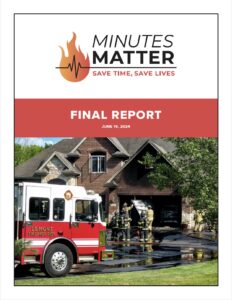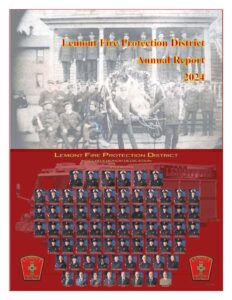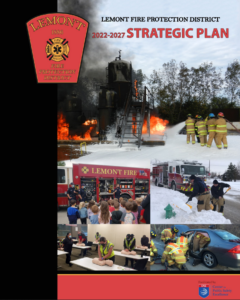Lemont Fire Protection District
The mission of the Lemont Fire Protection District is to continue the tradition of providing professional service to all with Integrity, Honor and Dedication.
Serving the Community Since 1886
The department’s goal is to provide the highest quality of emergency service through prevention, preparedness, response and recovery programs, to promote community awareness and participation in fire prevention and disaster preparedness.
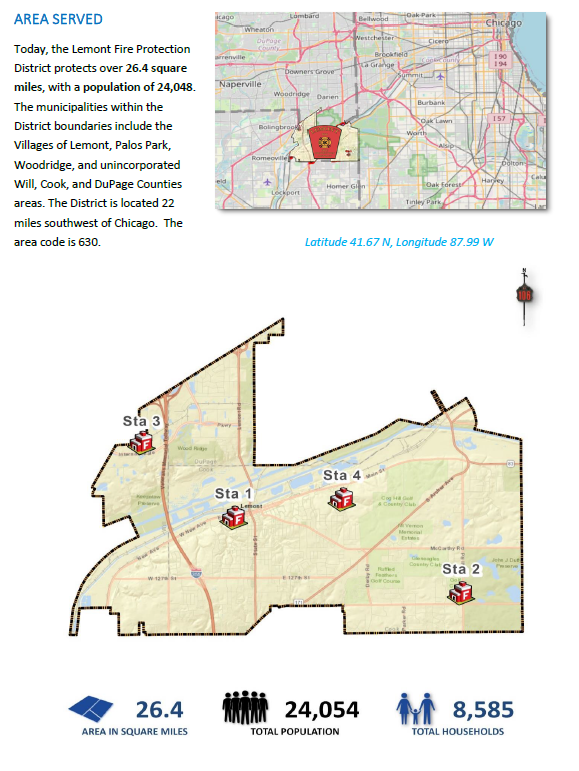
Declutter for Safety:
Are Fire Hazards Lurking in Your Home?
Decluttering your home is not just about creating a more organized and aesthetically pleasing space; it is also about enhancing safety, particularly in preventing fire hazards. Clutter can accumulate quickly and easily, turning your home into a tinderbox waiting to ignite. Here’s how decluttering can help you avoid fire hazards and create a safer living environment: Reduced Fuel Sources:Clutter provides fuel for fires to spread and intensify. Stacks of paper, magazines, clothes, and other combustible materials can act as kindling, aiding the rapid growth of a fire. Decluttering helps eliminate these fuel sources, making it harder for fires to start and spread. Improved Fire Safety Inspection: Fire hazards often lurk in hidden corners and under piles of clutter. Regular decluttering allows you to thoroughly inspect your home for potential fire hazards such as frayed wires, damaged appliances, or faulty smoke detectors, enabling prompt repairs or replacements. Easier Access to Fire Extinguishers and Alarms: When clutter accumulates, it can block access to fire extinguishers, smoke alarms, and other fire safety equipment. Decluttering creates clear pathways to these essential devices, ensuring they are readily available in case of an emergency. Reduced Risk of Electrical Fires: Clutter can put pressure on electrical cords and outlets, increasing the risk of overheating and electrical fires. Decluttering helps eliminate this hazard by removing excessive cords and ensuring proper ventilation around electrical appliances.
Decluttering an entire house can feel overwhelming. Break it down into smaller tasks, focusing on one room or area at a time. Start with the most cluttered spaces or those with the highest fire hazard potential. As you declutter, sort items into three categories: keep, donate, and discard. Keep only essential items, donate gently used items to charity, and discard anything broken or beyond repair. If you have seasonal items or items you don’t use regularly, consider using storage containers or designated storage areas. This will help keep clutter at bay and prevent it from accumulating again. Make it a habit to regularly review your belongings and get rid of anything you no longer need. This will help keep your home clutter-free and safe.
Decluttering for safety is not just about removing clutter; it’s about creating a home environment that promotes fire prevention and provides peace of mind. By regularly decluttering your home, you can significantly reduce fire hazards and ensure a safer living space for yourself and your family.
Be A Heart Hero - Know Hands Only CPR
Heart disease is the leading cause of death in the United States. The term “heart disease” refers to several types of heart conditions. In the United States, the most common type of heart disease is coronary artery disease (CAD), which can lead to heart attack. You can greatly reduce your risk for heart disease through lifestyle changes and, in some cases, medicine.
What are the symptoms of heart disease?
What are the risk factors for heart disease?
Sometimes heart disease may be “silent” and not diagnosed until a person experiences signs or symptoms of a heart attack, heart failure, or an arrhythmia. When these events happen, symptoms may include1
Heart attack: Chest pain or discomfort, upper back or neck pain, indigestion, heartburn, nausea or vomiting, extreme fatigue, upper body discomfort, dizziness, and shortness of breath.
Arrhythmia: Fluttering feelings in the chest (palpitations).
Heart failure: Shortness of breath, fatigue, or swelling of the feet, ankles, legs, abdomen, or neck veins.
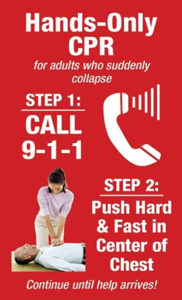
High blood pressure, high blood cholesterol, and smoking are key risk factors for heart disease. About half of people in the United States (47%) have at least one of these three risk factors.2 Several other medical conditions and lifestyle choices can also put people at a higher risk for heart disease, including
Learn about how heart disease and mental health disorders are related.
